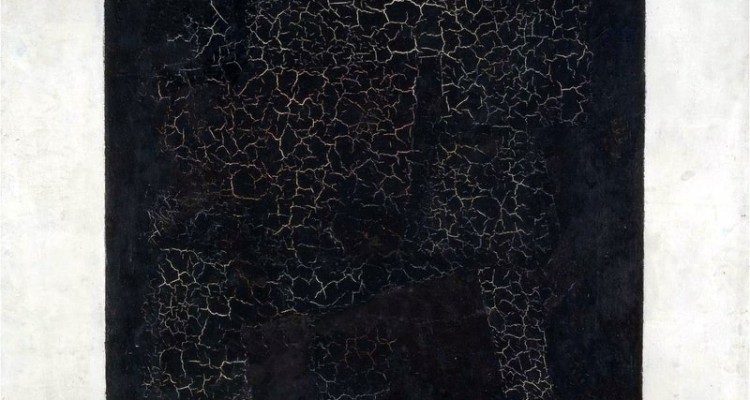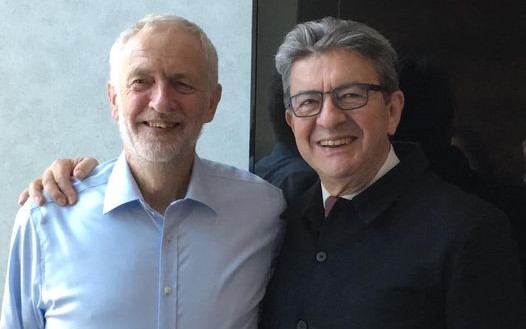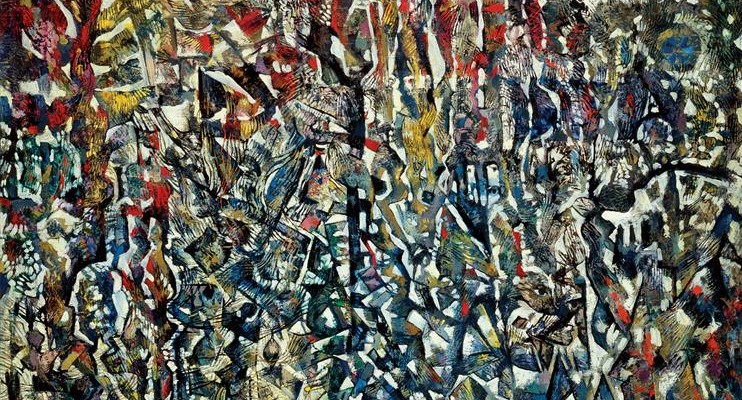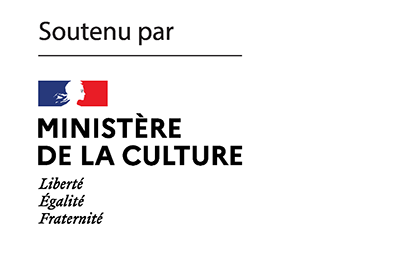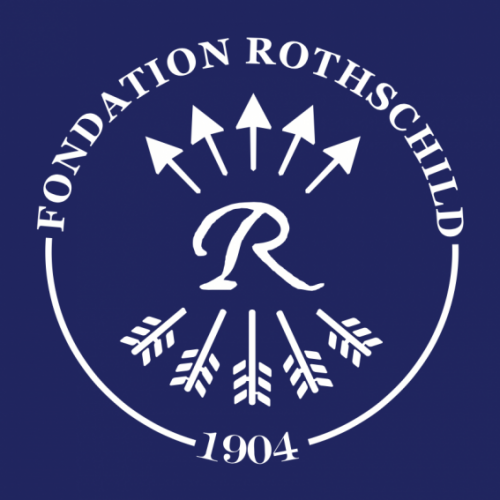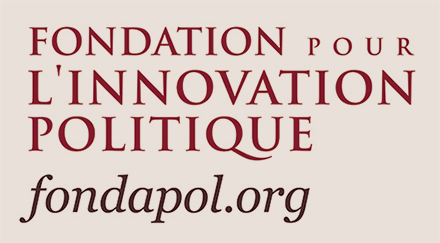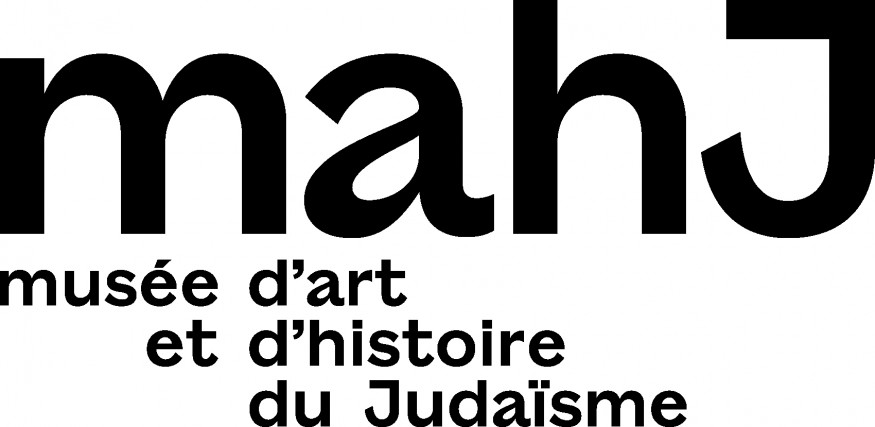From the vantage point of Europe, Israel tends to catch us out. Even the most astute commentators often find themselves dumbstruck. No one could have anticipated the Netanyahu era would end with the accession to power of the National-Religious sector, or that this coalition would earn the backing of an Arab party (Islamist no less!). The coalition assembles a heterogeneous range of parties, including the Islamist party (the first-ever Arab faction to sit in a government), a breakaway group from Likud, left-liberals and socialists, and hard-right secular parliamentarians representing Russian immigrés. Nothing seems to make sense, especially if one tries to sort through the matter with reference to the traditional categories of the nation-state and its regimes and modes of government, even accounting for those nation-states which are the most susceptible to hodgepodge coalitions and power shifts.
There is another logic at work here, which in Europe we attempt to write off as evidence of Israel’s chaotic and dysfunctional political system. This threadbare explanation is merely proof that we do not grasp the situation in Israel; representative institutions often reflect social phenomena and experiences. The latest developments represent another instance in an alternative history of Israel – parallel to that of Zionism – in which coalitions are malleable, multiple, as elusive as quicksilver. Netanyahu, whose reign has led to a significant deterioration in the nation’s public life, constitutes a part of this history. The novelty of the situation cannot be located in the reconciliation of antagonistic tendencies inside a governing coalition, but in the fact that this logic now extends to the Arab sector. The inclusion of the Arab sector in the government opens up possibilities that were hitherto unimaginable, and we remain in suspense to see the results. There are some grounds for hope that Arab and Jewish communities will be able to express and realize their political aims in the self-same theater of action. The wisest among us in Europe admit that we are perplexed! Admitting one’s own bafflement seems like a prerequisite for a realistic account of where Israel, this state riven by contradictions, finds itself today. K. will do its very best to follow events in Israel and shed light on them.
In the meantime, K. publishes this week the second installment of Balazs Berkovits’ essay on “whiteness,” tracing academics’ attempts to redefine the Jews as “white,” or even “super-white.” “Discourses on Jewish whiteness tend to present Jews not only as no longer a minority, but indeed as chief among the oppressors,” writes Berkovits. According to him, the term “white” ceases to function as a useful tool of analysis, and rather serves as a political and moral pejorative that shades into anti-Semitism.
Berkovits discussed in the first part of this essay the rhetoric of Houria Bouteldja, the French identitarian activist who said of the murderer of Jewish children at a school in Toulouse, “Mohammed Merah is me.” The specter of the Toulouse attack hangs over recent news in France. Jean-Luc Melenchon, the far-left party leader and presidential candidate, recently brought the massacre back into the headlines when he declared: “You will see that in the last week of the presidential campaign there will be a serious incident or murder. There was Merah in 2012. This is all just writing on the wall. The rabbit will come out of the hat, and there will be a dire event that will once again allow Muslims to be pilloried and thus invent a civil war. There it is.” What exactly is there? Rudy Reichstadt will examine in his regular column on conspiracy theories how the downplaying of anti-Semitism and the criticism of those who fret about this phenomenon, regularly appears in Melenchon’s rhetoric.
From the drift of rhetoric on Jews to the drifting of Jews…“For years, I wandered abroad. Now I will roam in my home,” wrote Itzik Manger, the prince of the Yiddish poets, “the bird deprived of his nest,” describing his move to Israel at the end of the fifties. Macha Fogel, in our third article of the week, uses Itzik Manger as an illustration of the expressive power of Yiddish down to our own time.
